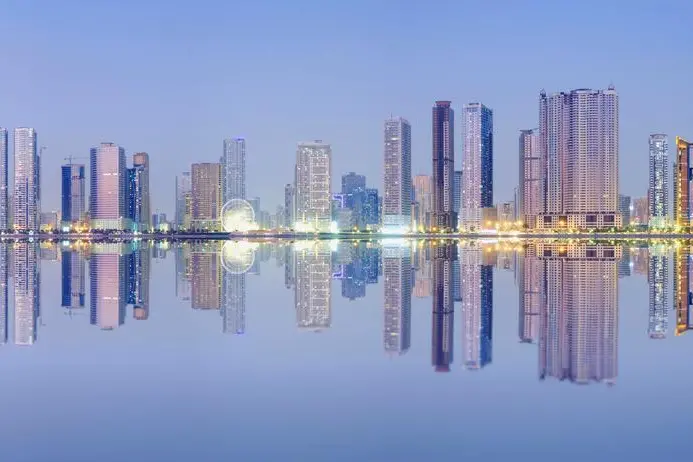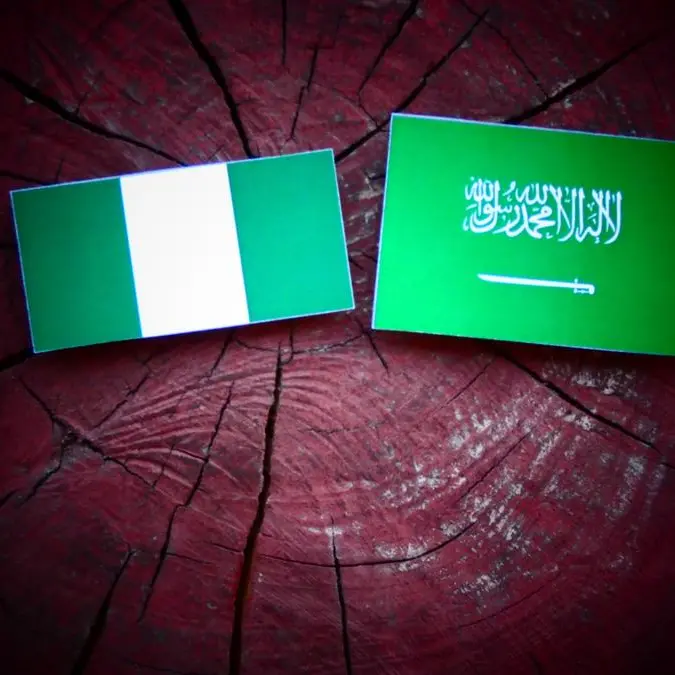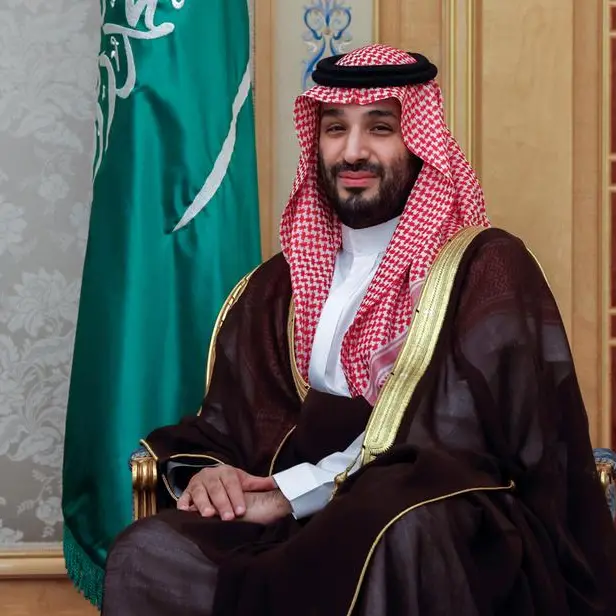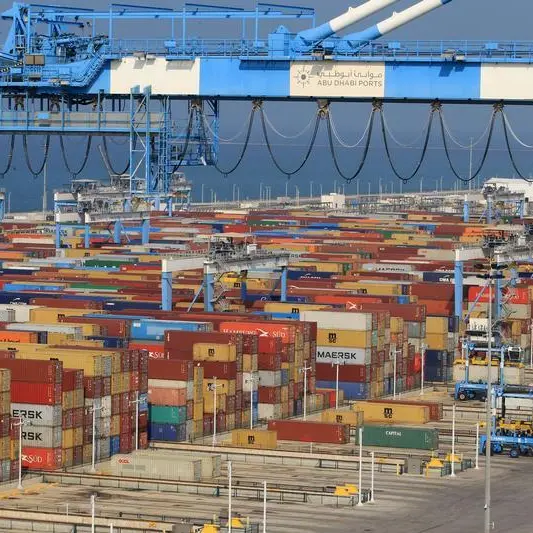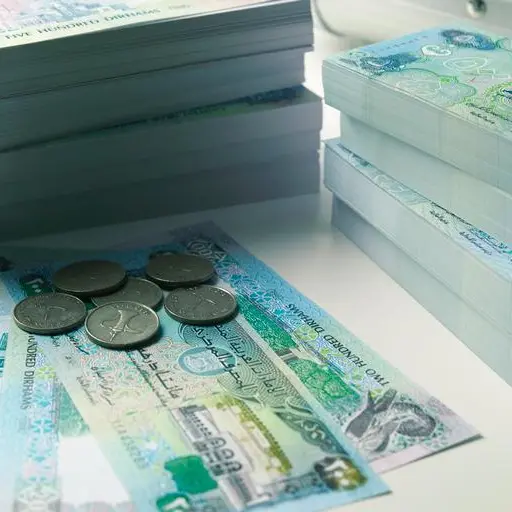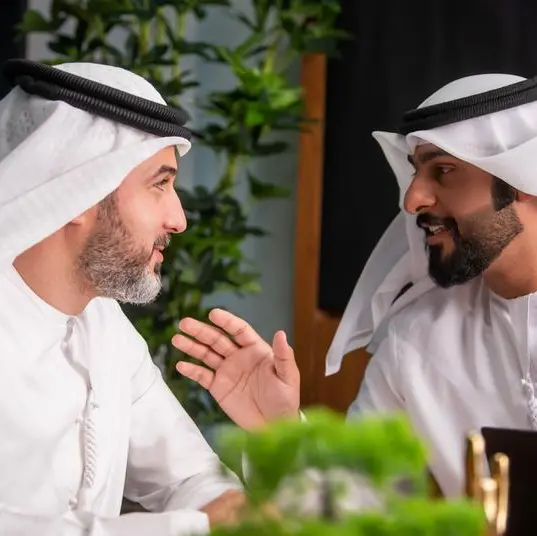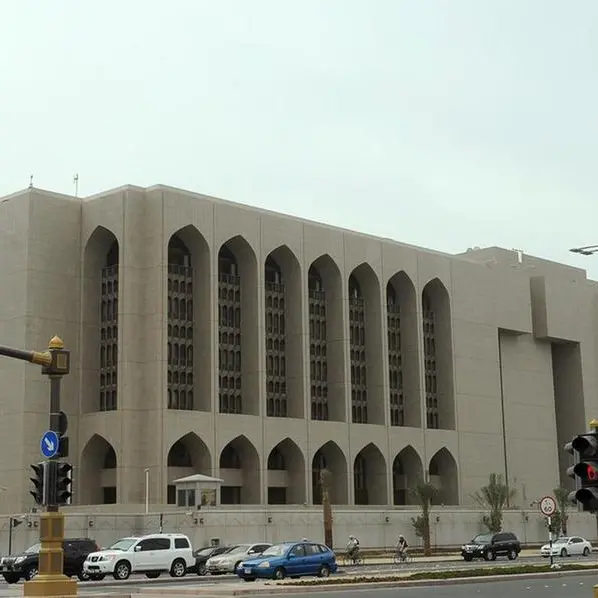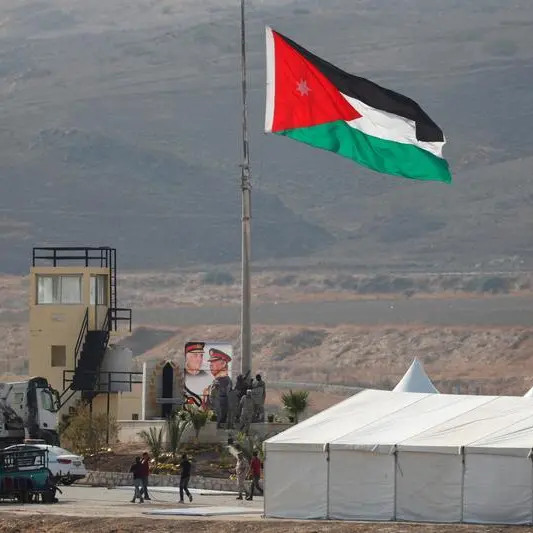PHOTO
Dubai’s total foreign direct investment (FDI) increased by over 7 percent in 2017 compared to the previous year, according to a new report by Dubai FDI, an arm of the Dubai Government’s Department of Economic Development.
The report that was sent to Zawya by email indicated that in 2017, FDI inflows stood at 27.3 billion dirhams ($7.4 billion), up from 25.5 billion dirhams in 2016. The report also said 367 new projects were undertaken by foreign investors last year.
The United States topped the list of source countries for FDI, followed by Austria, France, the United Kingdom and Saudi Arabia. U.S. investors also led the list for most new projects embarked upon last year.
As for sectors, accommodation and food services led the list of sectors attracting capital flows, accounting for 57.9 percent of the total FDI coming to the UAE in 2017. Dubai-based analyst Raj Madha said the accommodation and food services sector included new hotels and restaurants.
Non-residential building construction followed, attracting 11.3 percent of the FDI’s capital. Madha said the non-residential building construction element included commercial property, such as offices, hospitality, retail and industrial buildings.
“I am surprised how low the number (of FDIs going to non-residential building construction) is compared to hospitality, but it may be a function of how the data is assembled. Hospitality is all very public information... small-scale retail/commercial is not very public and large scale retail is very lumpy,” Madha said, adding that there were “no new malls” announced by foreign investors.
“The question would really be how it moves over time,” he added.
The retail sector has been impacted by the economic slowdown that followed the drop in oil prices, which began in 2014 and which affected the economies of most of the GCC’s six nations.
The sector was further hit by the introduction of a new five percent value-added tax (VAT) in the UAE in January. VAT was applied on an array of goods and services, including most retail products.
Commenting on the overall FDI growth, Madha said: “The (FDI) growth rate any time it is above nominal GDP growth is good.”
The UAE’s Central Bank put GDP growth in 2017 at 1.6 percent, forecasting it to rise to 3.9 percent this year.
In December, the International Monetary Fund (IMF) forecast the UAE non-oil sector to rise from 1.9 percent in 2017 to 2.8 percent this year and between 3.3 percent to 3.5 percent in year 2020.
“FDI is significantly a lagging indicator, and more recent information on banks past-due receipts for hospitality and residential property - critical FDI categories - suggest that these sectors may not be as healthy as they seem,” Madha added.
Further reading:
- Abu Dhabi crown prince approves $13.61bln in economic stimulus
- UAE non-oil sector growth hits 4-month high in May
- Abu Dhabi FDI surges to $29bln in 2017
- Dubai FDI in bid to woo investors from India
- Dubai free zones seek to attract FDI
(Reporting by Yasmine Saleh; Editing by Michael Fahy)
(yasmine.saleh@thomsonreuters.com)
Our Standards: The Thomson Reuters Trust Principles
Disclaimer: This article is provided for informational purposes only. The content does not provide tax, legal or investment advice or opinion regarding the suitability, value or profitability of any particular security, portfolio or investment strategy. Read our full disclaimer policy here.
© ZAWYA 2018
